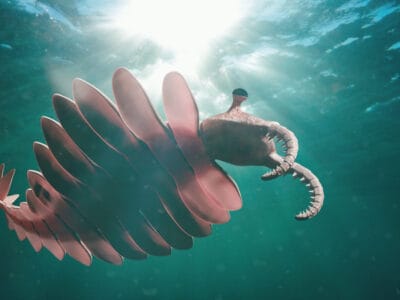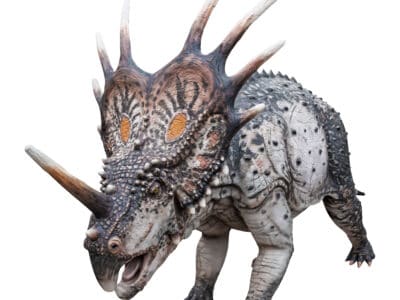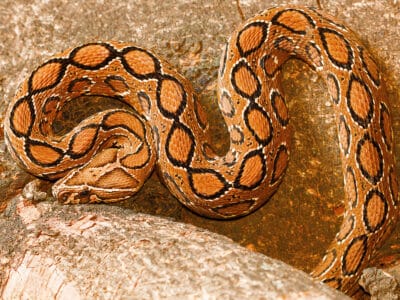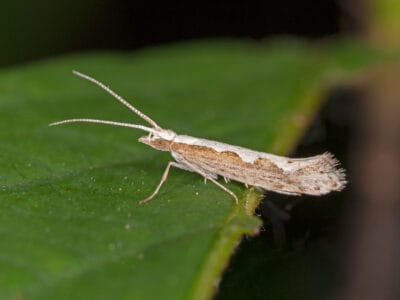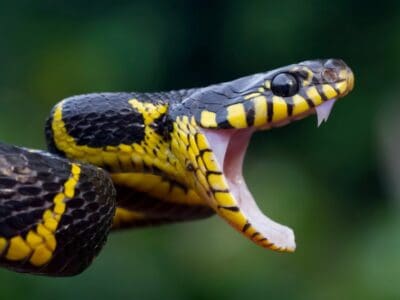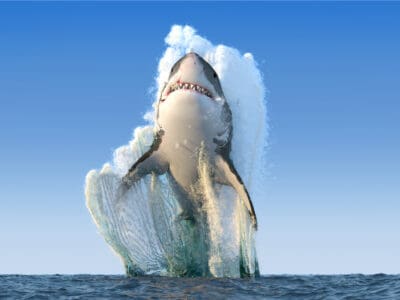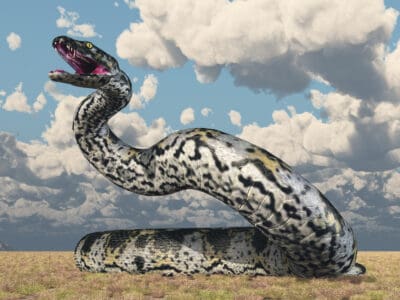Lake Sturgeon
.jumbotron {
background-image: url(“https://a-z-animals.com/media/2022/02/sturgeon-4-400×300.jpg”);
}
}
@media only screen and (min-width: 641px) and (max-width: 920px) {
.jumbotron {
background-image: url(“https://a-z-animals.com/media/2022/02/sturgeon-4-470×370.jpg”);
}
}
@media only screen and (min-width: 921px) {
.jumbotron {
background-image: url(“https://a-z-animals.com/media/2022/02/sturgeon-4.jpg”);
}
}
Lake Sturgeon
Acipenser fulvescens
Its skeleton is part cartilage and part bone.
Lake Sturgeon Scientific Classification

Lake Sturgeon Facts
- Prey
- Worms, insect larvae, leeches, mollusks, amphipods
- Group Behavior
-
- Pod
- Fun Fact
- Its skeleton is part cartilage and part bone.
- Estimated Population Size
- About 30,000, largest population in Lake Michigan. The fish’s conservation status is least concern.
- Biggest Threat
- Pollution, over-harvesting, climate change
- Most Distinctive Feature
- Its prehistoric looks
- Other Name(s)
- Rock sturgeon, esturgeon jaune, nameo
- Gestation Period
- six days
- Optimum pH Level
- 6.0-8.0
- Habitat
- Freshwater rivers and lakes with pebbly bottoms
- Predators
- Humans, silver lampreys and sea lampreys
- Diet
- Carnivore
- Type
- Fish
- Common Name
- Lake sturgeon
- Number Of Species
- 1
This post may contain affiliate links to our partners like Chewy, Amazon, and others. Purchasing through these helps us further the A-Z Animals mission to educate about the world’s species..

Spiders that fly! Fish that walk! And 1000+ more incredible animals. Discover them all for FREE
.photo-gallery {
–margin: 0px auto 0px;
–padding: 0px 0px 0px 0px;
}
.gallery-link {
background-image: url(“https://a-z-animals.com/media/2022/02/lake-sturgeon-1-1024×535.jpg”);
background-repeat: no-repeat;
background-size: cover;
background-position: center;
height: 500px;
justify-content: center;
text-align: center;
align-items: center;
display: flex;
border: 2px solid #000;
}
.gallery-link img {
height: 50%;
}
@media only screen and (max-width: 768px) {
.gallery-link {
height: 300px !important;
}
}
View all of the Lake Sturgeon images!
“The lake sturgeon is considered a living fish fossil.”
Also called the rock sturgeon, this strange-looking, laid-back, long-lived fish hasn’t changed much since the Pleistocene epoch. Its body sports dinosaur-like scutes and like a shark its skeleton is made up mostly of cartilage. Despite its rough looks, its flesh and roe are delectable, and overfishing almost caused its extinction.
5 Amazing Facts About the Lake Sturgeon
Here are five amazing facts about the fascinating lake sturgeon:
- Males are ready to reproduce when they’re between 8 and 22 years old, but females are ready when they’re between 14 and 33.
- The lake sturgeon is considered North America’s largest freshwater fish and can grow to over 7 feet long. Still, it can’t hold a candle to the beluga sturgeon. This is the largest of the sturgeons and can grow over 20 feet long and weigh over a ton.
- The lake sturgeon has sensitive barbels on the end of its snout. These barbels help it find food in the gravelly bottom of the lake that is its habitat.
- It doesn’t have teeth.
- Its pupils are shaped like diamonds. This makes it unique among all the animals.
Lake Sturgeon Classification and Scientific name
The scientific name of the lake sturgeon is Acipenser fulvescens. Acipenser is Latin for “sturgeon” and fulvescens is Latin for “yellowish.” There is only one species of this fish and no subspecies.
Lake Sturgeon Appearance
The lake sturgeon has a long body and a long, paddle-like snout with sensitive barbels at its tip. There are five rows of bony plates along its body. One row is on its back, two are on its side and two are on the sides of its belly. There are also scales in the spaces between these scutes, and its ventral mouth is made to suck up food it finds on the bottom of its watery habitat. This behavior causes some biologists to classify the sturgeon as an omnivore as opposed to a carnivore.
The lake sturgeon can grow to over 7 feet long and weigh over 300 pounds. It is gray or dark olive above and white or yellowish below. Its dorsal, pelvic and anal fins are at the back of its long body near its tail. The tail is heterocercal, which means the upper lobe is bigger than the lower lobe and contains part of the fish’s spine.
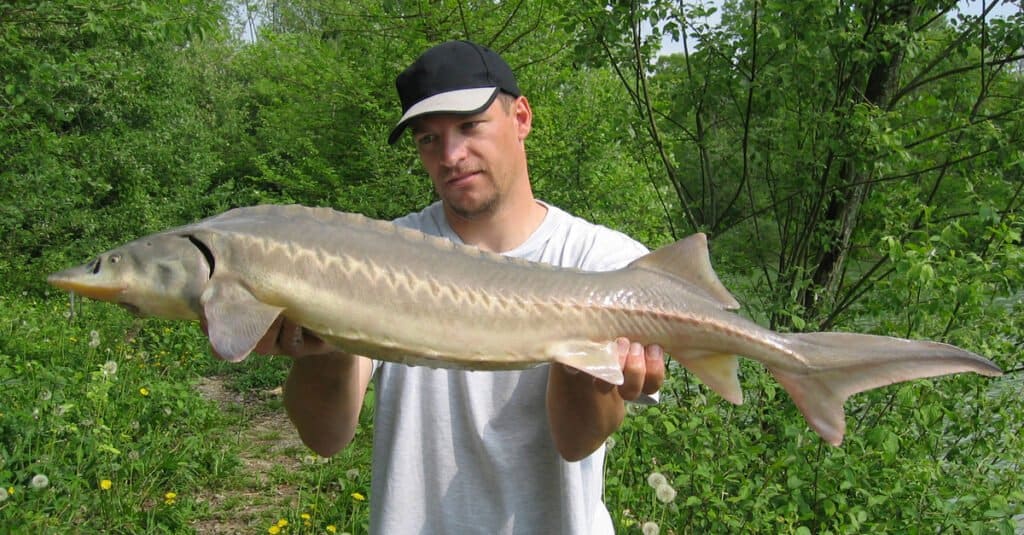
Fabien Monteil/Shutterstock.com
Lake Sturgeon Distribution, Population, and Habitat
Though it was abundant until the early 20th century, overfishing, pollution and damming its rivers caused lake sturgeon populations to collapse. Now, biologists believe there are 30,000 lake sturgeon, and efforts are being made to increase its numbers. Because of these efforts, the lake sturgeon’s conservation status is least concern.
The fish’s habitat includes rivers as well as lakes, and it’s found from Hudson Bay and south to the Mississippi River basin. There are also populations in the Great Lakes, especially Lake Michigan.
Lake Sturgeon Predators and Prey
Basically , the lake sturgeon eats anything that it sucks into its mouth. Despite the fish’s great size, its food items are usually very small animals such as insect larvae, snails, much smaller fish and crayfish. The lake sturgeon is also unusual in that it has taste buds on the outside of its mouth.
An adult lake sturgeon is too large to be preyed on by any other freshwater fish save the lamprey. This gruesome, eel-like creature attaches itself to the fish, cuts a hole in it with its concentric rows of teeth and feeds on its bodily fluids.
Reproduction and Lifespan
It can take decades for a lake or rock sturgeon to reach sexual maturity, and then it can go without breeding for many years. This reproductive behavior is part of what led to the collapse of its numbers over the 20th century.
When it is time to breed, the fish migrate toward lake shores and fast streams with gravelly or pebbly bottoms. This happens from April to June. The female can lay as many as 350,000 tiny eggs at a time in water that’s between 18 and 19.6 feet deep and 55 to 64 degrees Fahrenheit. During the breeding season, she can lay between two and three million eggs. The male fertilizes them externally then both parents go back to where they came from. The eggs are found in a ball of jelly that keeps the current from washing them away, and they hatch in about six days. The larvae grow quickly, but it still takes them about 20 years before they are breeding size. After that, the fish grows very slowly.
Female sturgeons grow to be larger than males and tend to live longer. They can live as long as 150 years and can go as long as nine years between breeding. Males live for about 55 years and breed every two years or so.
Fishing and Cooking
Lake sturgeon used to be considered nuisance fish because they damaged fishing equipment. Then, people discovered that their flesh was not only good eating but their eggs, called caviar, tastes good as well. Isinglass is also made from the sturgeon’s spine and swim bladder, and its oil was used for fuel.
Lake Sturgeon Population
Because it was such a choice edible, and thanks to pollution and damming its rivers, the lake sturgeon became endangered. Efforts to rehabilitate the species has allowed its numbers to grow to around 30,000, even as female sturgeons are capable of producing millions of eggs during the summer breeding season. Though the conservation status is least concern over all, in states such as Missouri the fish is still considered endangered.
View all 56 animals that start with L
Lake Sturgeon FAQs (Frequently Asked Questions)
How many lake sturgeon are left?
Biologists believe there are about 30,000 lake sturgeon left, with only six populations having at least 1000 of these large fish.
Are lake sturgeon endangered?
Overall, the lake sturgeon isn’t considered endangered, though this can change due to climate change and pollution.
Where are lake sturgeon found?
They are found in North America, from Canada to the Mississippi basin. Despite the name, they’re more often found in deep rivers with gravel beds than lakes.
Can you catch lake sturgeon?
There are restrictions on how many lake sturgeons can be harvested, but if you must have one, you’ll need a rod and reel that can handle a fish that weighs more than 100 pounds.
What do lake sturgeon eat?
For a big fish, the lake sturgeon eats relatively tiny animals such as leeches, insect larvae and mollusks. Basically, it finds something edible through its barbels then sucks it into its mouth like a vacuum cleaner.
Sources
- , Available here: https://www.itis.gov/servlet/SingleRpt/SingleRpt?search_topic=TSN&search_value=161071#null
- , Available here: https://en.wikipedia.org/wiki/Lake_sturgeon
- , Available here: https://www.fws.gov/fisheries/fishmigration/lake_sturgeon.html
- , Available here: https://mdc.mo.gov/discover-nature/field-guide/lake-sturgeon
- , Available here: https://www.fishbase.se/Summary/SpeciesSummary.php?ID=2591&AT=lake+sturgeon
- , Available here: https://www.shorelinemedia.net/white_lake_beacon/news/lake-michigan-sturgeon-population-is-on-the-rise/article_7ecc8fbe-9353-5b03-a1f2-292be65627b8.html








